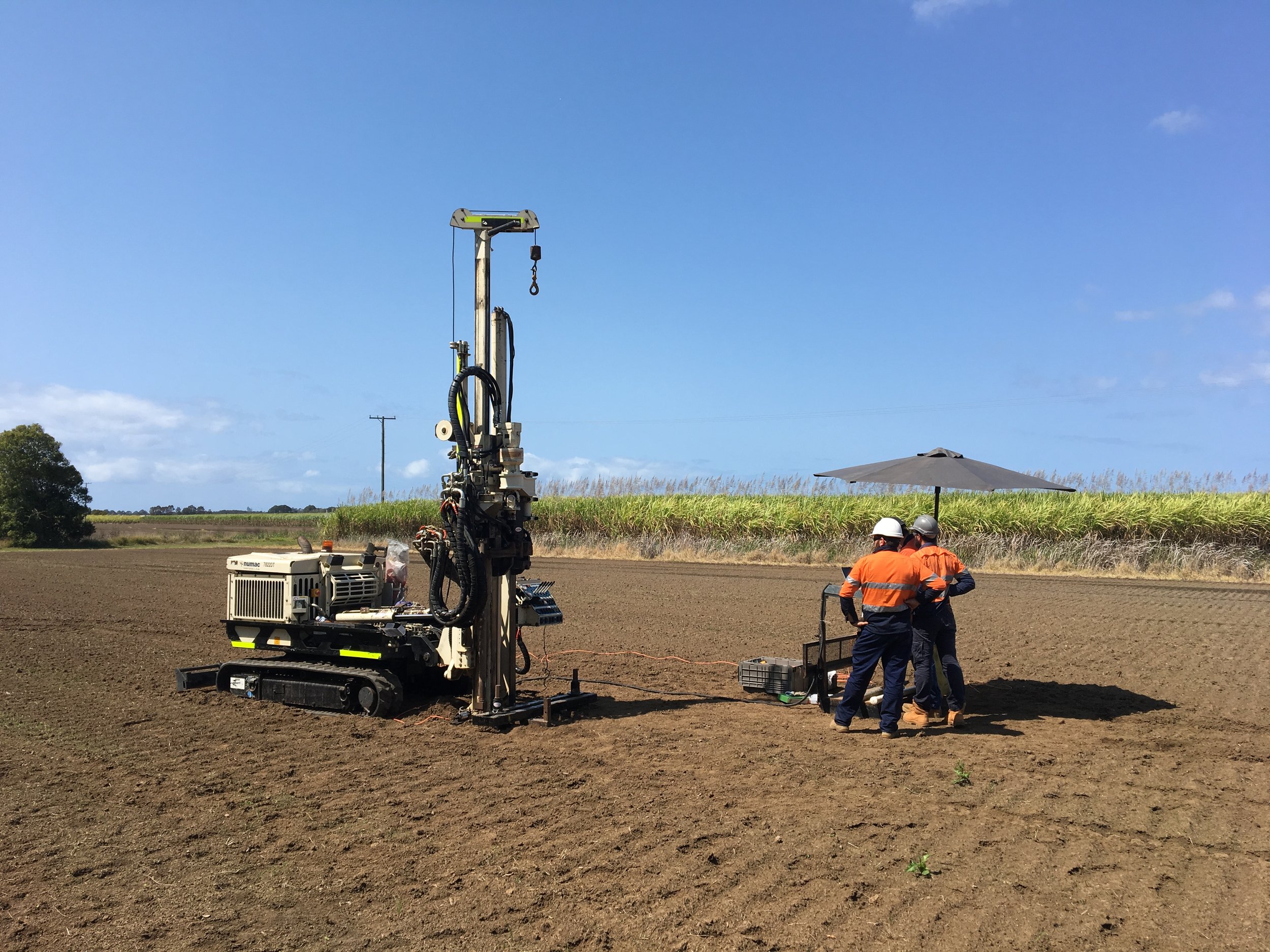
HYDRAULIC PROFILING TOOL (HPT)
“With the HPT log an experienced site investigator can determine permeable zones, potential contaminant or seepage flow paths, zones that will yield groundwater to samplers, or zones to set monitoring or production wells”
AT A GLANCE: HYDRAULIC PROFILING TOOL (HPT)
The Hydraulic Profiling Tool is a logging tool that measures the pressure required to inject a flow of water into the soil and the electrical conductivity of the formation.
The injection pressure log is an excellent indicator of formation permeability revealing the depth of confining layers.
The HPT can be used to measure hydrostatic pressure under zero flow conditions for accurate water table depths.
A graph of hydraulic conductivity estimated from an HPT log is readily transferable to groundwater flow models.
The HPT is also useful for the detection of brines or other high electrical conductivity fluids in soil. These brines may originate from oilfield production or storage activities. Other high ionic fluids amenable to this technique include road salts, landfill leachates, and remediation fluids.
HPT probes are robust, driveable under all Geoprobe direct push rigs.
HPT is incorporated into the Membrane-Interface & Hydraulic Profiling Tool (MiHPT) for comprehensive investigation of sites contaminated with volatile organic compounds (VOCs).
Identify confining layers, groundwater levels, and contaminant preferential pathways with the Hydraulic Profiling tool (HPT).
THE LOG
HPT logs are also used to develop hydrostratigraphic cross sections of the subsurface. This is a powerful application of HPT, allowing the site investigator to trace aquifer materials or confining zones across a site. It also allows the comparison of lithology between locations.
THE MiHPT - THE BEST OF BOTH WORLDS
The Membrane Interface Probe (MIP) and the Hydraulic Profiling Tool (HPT) are both powerful site investigation tools in their own right. With the recent introduction of the MiHPT system you can now double your production rate as these two systems become one. Clients are immediately impressed with the ease you can now correlate VOCs and hydrostratigraphic outputs.
The new probe detects volatile contaminants with the MIP, measures soil electrical conductivity with a dipole array, and measures HPT injection pressure using the same down-hole transducer as the Geoprobe stand-alone HPT system. In post-processing the log data, the user is able to estimate hydraulic conductivity (K) and water table elevation, as well as prepare graphical outputs of the log data.
The probe is robust and percussion driveable (hammerable) with Geoprobe direct push machines. Daily production rates are well in excess of standard sampling techniques ensuring that site assessments are completed in shorter time frames than conventional drilling surveys.
The high-density data makes it ideal for use with modelling software and facilitates the quick and accurate development of conceptual site models and visual representations in 2D and 3D.
TECHNICAL WEBINAR ON MiHPT
Dan Pipp from Geoprobe presented this technical session in March 2021. It is part of our series of webinars on advanced site characterisation and remediation.

